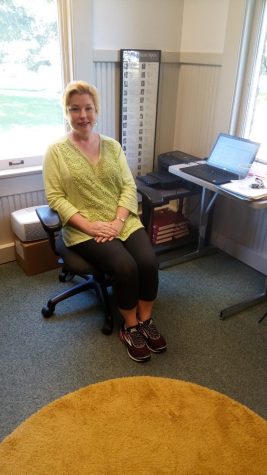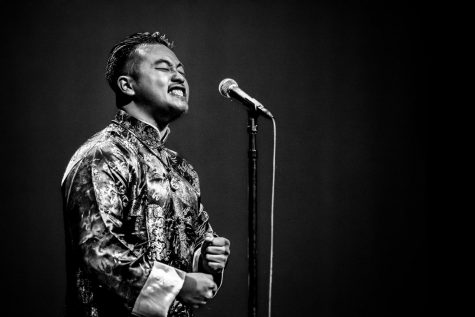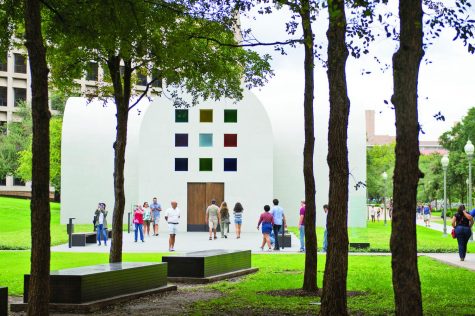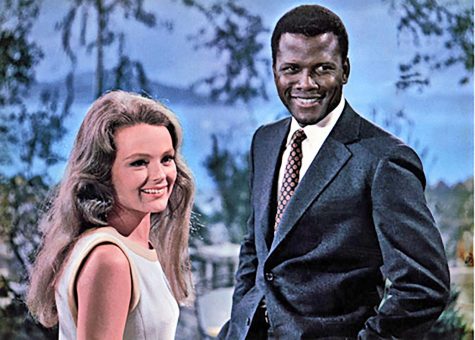Tique of the Week: UT’s Harry Ransom Center displays world’s first photo
Behind the confines of the Harry Ransom Center doors at the University of Texas lays a black and white image for all to ponder. This image is the first photograph ever taken.
Before any photographic achievements had been made in the early 1800s, Joseph Nicèphore Nièpce, a young middle class scientist at his upper work-study in the Saint-Loup-Varennes country house in eastern France, had discovered heliography – sun drawing – or, in better terms, photography by nature.
Instead of the negative film we use today, Nièpce used the surface of a pewter plate, coated it with bitumen of Judea (an alternate of asphalt), opened the lenses to his camera obscura and left his apparatus for approximately eight hours exposed to light from his window.
The aftereffect produced a hidden image of his window after the plate was removed. Nièpce furnished his image to be visible by washing it with a solution of oil of lavender and white petroleum, which decomposed the bitumen that wasn’t hardened by the exposure of light to leave a permanent direct positive photograph.
Although hard to see, the photograph depicts the view from Nièpce’s upper study window of the outbuildings, court yard, trees and landscape.
In 1827, Nièpce was travelling back from England and left the artifact in the hands of his host, Frances Bauer, a British botanist and artist. Bauer recorded the inventor’s work on paper and placed it beneath the precious plate.
In 1829, Nièpce sustained a friendship with a French artist, Louis Jacques Mandè Daguerre and shortly after, with little works done, died in 1833.
In 1898, the artifact had its first exhibition. It was then lost until 1952 when photohistorian Helmut Gernsheim rediscovered it.
Gernsheim placed the piece in his collection until Harry Ransom purchased it for UT in 1963.
The artifact is the world’s earliest known, permanent photograph from nature and has been the cornerstone for all of photography today.





